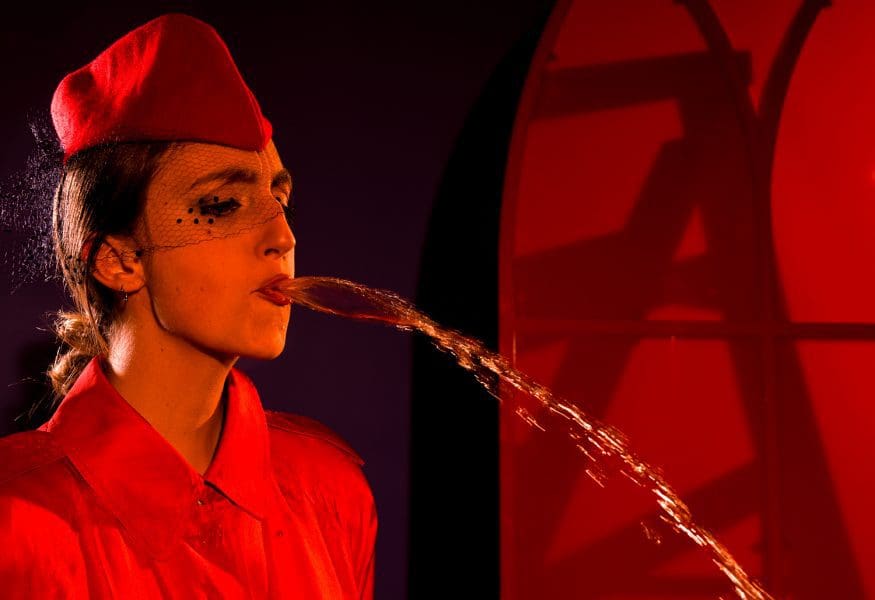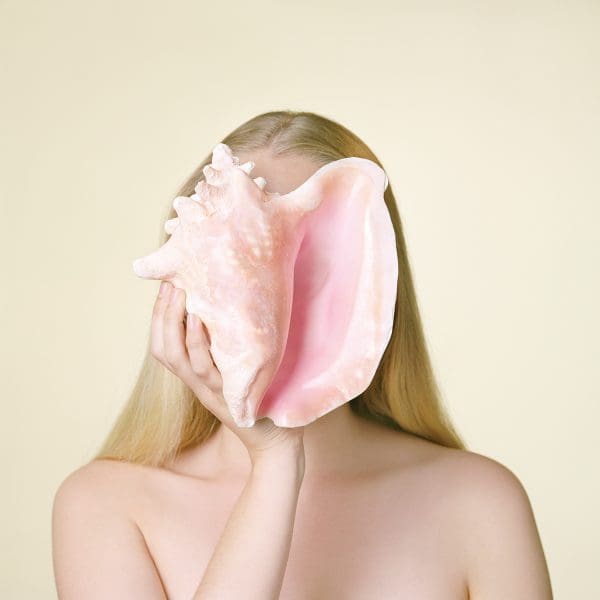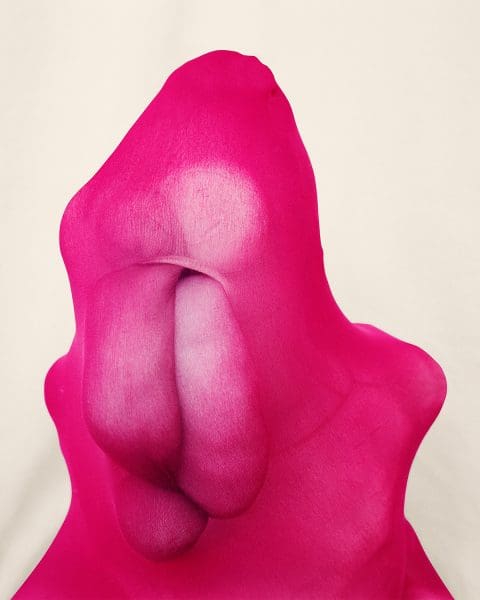
Making Space at the Table
NAP Contemporary’s group show, The Elephant Table, platforms six artists and voices—creating chaos, connection and conversation.




As much as female sexuality has permeated art history, there is a great chasm in its expression: for so long the male gaze has been the only gaze. It’s partly this abyss, and the depth of what it means to have a material body capable of intimacy, sex and desire, that infiltrates The Body Electric.
The premise is simple: a photo-based exhibition from the 1960s to now, threading together 24 Australian and international women-identifying artists looking at connection, sexuality and pleasure. Yet the entanglements are complex, as co-curators Anne O’Hehir and Shaune Lakin can attest, noting how desire, although an intrinsic element to photography, can also be rethought by the same medium. “We were looking back through the way that feminists were looking at questions of desire and how they were going to take back that landscape, which was so traditionally a male landscape,” explains O’Hehir. “And it became clear that through photography many women were looking at the links between the body and agency in the world.”
In understanding this relationship, The Body Electric positions intimacy and desire as a place of connection, disavowing patriarchal and conventional notions of female sexuality. “The question became ‘how do you break those things down?’” says O’Hehir. “How do you step outside and invent a new language?”
There’s no unified answer to this question, and the artists each employ their own strategies ranging from Nan Goldin’s much-admired images of friends to Lillian O’Neill’s collages to Pixy Liao’s intimate photographs of her partner. Collectively, many of the images question power and authorship while removing the shame and monstrousness historically associated with female sexuality. “It’s not about inviting you to participate in some kind of sexualised encounter,” explains Lakin. “It’s about finding pleasure in pleasure.” And, as the curator summarises, it’s even more elemental. “This show should remind us of the absolute fundamental significance of bodies, and how bodies are sites of resistance.”
The Body Electric
National Gallery of Australia
This article was originally published in the May/June 2020 print edition of Art Guide Australia.
Please note that due to COVID-19 restrictions, the National Gallery of Australia is currently closed. Continuing our commitment to covering the arts Australia-wide, Art Guide Australia will continue to share articles and stories on artists and exhibitions during this time, encouraging viewers to experience art online.